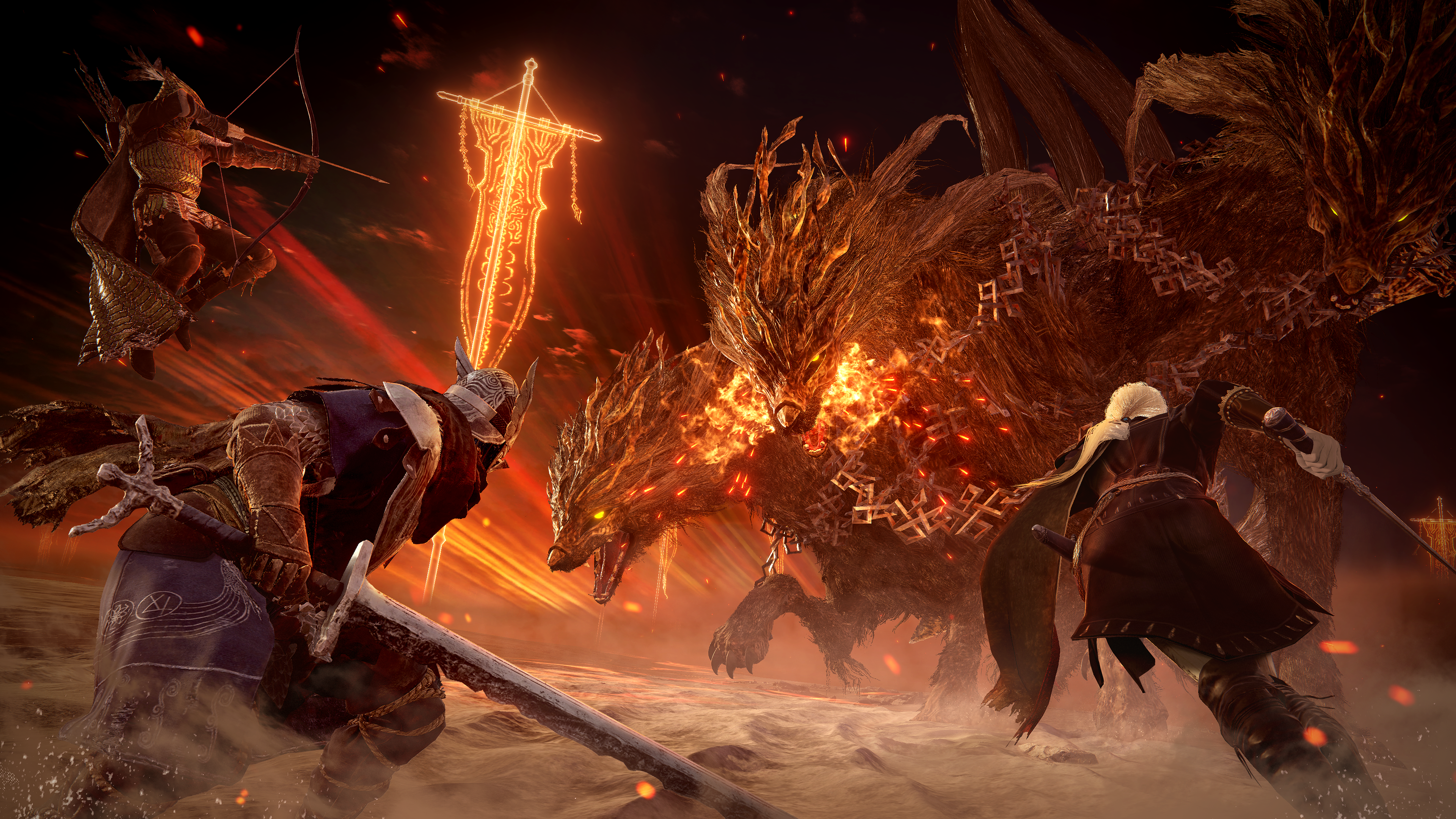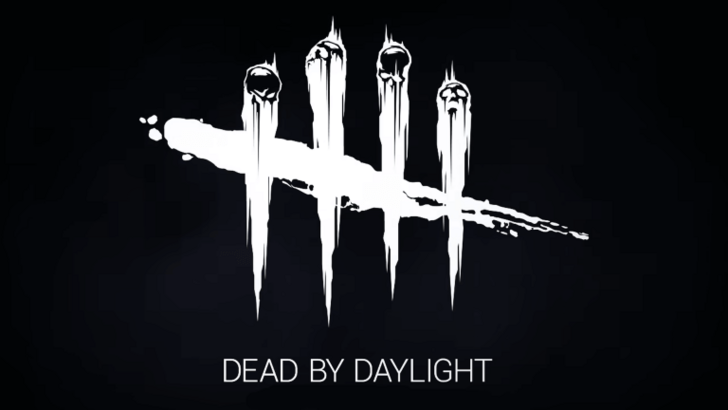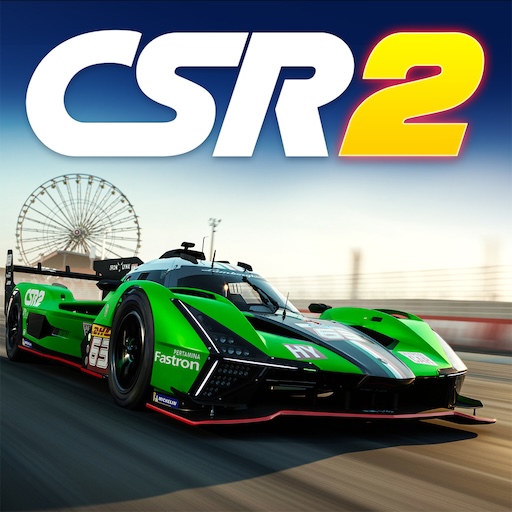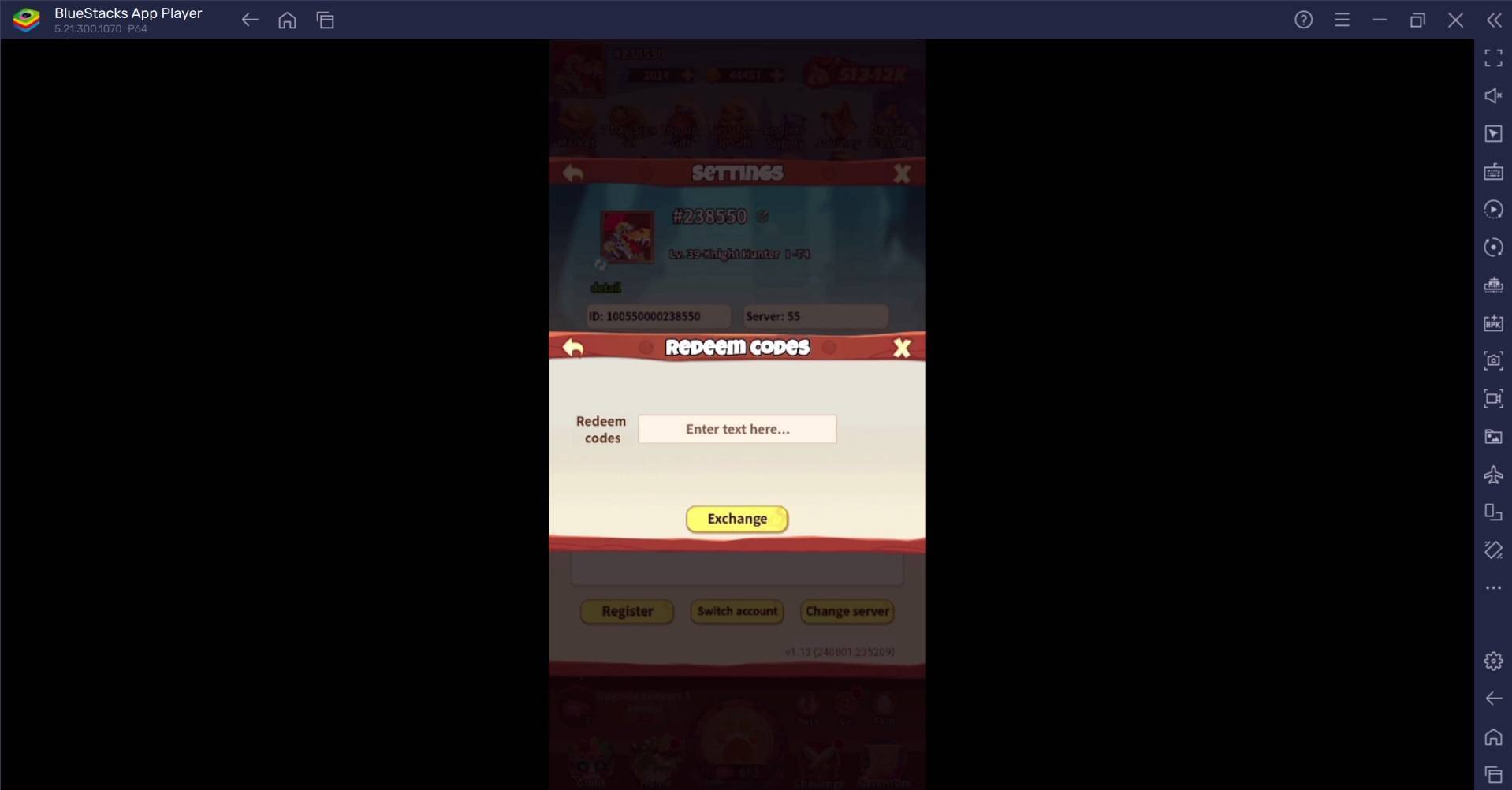This past weekend marked the first network tests for Elden Ring: Nightreign, the upcoming standalone multiplayer game branching from FromSoftware's acclaimed title. Unlike last year's Shadow of the Erdtree DLC, Nightreign shares only its namesake and aesthetic with Elden Ring. Instead of the open world, it features a streamlined survival format where three-player teams descend onto shrinking maps, battling enemies and increasingly difficult bosses. This design clearly draws inspiration from the immensely popular Fortnite—a unsurprising influence, considering Fortnite's 200 million players this month alone.
However, Nightreign bears a striking resemblance to a less celebrated, and often maligned, game: 2013's God of War: Ascension. And that's a very good thing.

Released between 2010's God of War 3 and 2018's Norse reboot, Ascension served as a prequel, preceding the original Greek mythology trilogy. It followed Kratos' struggle to break his oath with Ares. Failing to match the epic finale of the original trilogy, and aiming for a formula shake-up, Ascension earned a reputation as the franchise's black sheep—a decent appetizer preceding an amazing main course. This reputation, while understandable, is somewhat unfair.
While Kratos' confrontation with the Furies in Ascension didn't reach the heights of his battle with Zeus, this prequel boasted stunning set pieces, including the Prison of the Damned, a labyrinthine dungeon within a colossal, immobilized, 100-armed giant. More importantly, Ascension deserves credit for introducing something novel to the franchise: multiplayer.
In Ascension's story, while navigating the Prison of the Damned, players encounter a chained NPC who prematurely exclaims, "You saved me!" before being crushed by the level boss. Unlocking the multiplayer mode after this point reveals this NPC as the player character. Teleported to Olympus moments before death, players pledge allegiance to one of four gods—Zeus, Poseidon, Hades, or Ares—each granting unique weapons, armor, and magic. These are the tools used across five multiplayer modes, four being competitive PvP.
The fifth mode, Trial of the Gods, is cooperative PvE. And it's remarkably similar to Elden Ring: Nightreign.
Previews of Nightreign, released before the network tests by prominent Soulsborne YouTubers like VaatiVidya and Iron Pineapple, along with IGN's coverage, highlighted similarities between FromSoftware's latest creation and live service games like Fortnite. Like those games, Nightreign offers randomized loot, resource management, and environmental hazards that damage players and restrict movement, increasing difficulty over time. Nightreign even echoes one of Fortnite's most iconic elements: players drop from the sky, carried by spirit birds to their chosen location.

While the "where are we dropping?" element is absent in God of War: Ascension, a deeper look reveals significant common ground between Nightreign and Ascension's Trial of the Gods. Both are co-op experiences with increasingly difficult foes. Both unexpectedly allow players to face bosses from previous games (Hercules from God of War 3 or the Nameless King from Dark Souls 3). Both feature a countdown timer (though Ascension's is pauseable by defeating enemies) and take place on small or shrinking maps. Both are multiplayer games from studios known for single-player excellence, created without oversight from their respective series creators; Hidetaka Miyazaki is working on a currently unannounced project, while the original God of War trilogy directors—David Jaffe, Cory Barlog, and Stig Asmussen—had left Sony Santa Monica before Ascension's development.
Crucially, Nightreign seems to evoke the same player response as Ascension's Trial of the Gods. Network test participants described frantic, exhilarating races against the clock. Unlike the more relaxed base game, where players can approach scenarios diversely, using various weapons and abilities at their leisure, Nightreign demands instinctive reactions, increased pace, and limited resources—constraints described by VaatiVidya as prioritizing "speed and efficiency." For example, the absence of Torrent is compensated by enhanced running speed and jumping ability.
Ascension's multiplayer adapted its single-player foundation for faster pacing, using techniques similar to Nightreign. It increased run speed, extended jumps, automated parkour, and introduced a grapple attack (mirrored by Nightreign's Wylder character). These additions are crucial because, while combat isn't overly difficult (given the power fantasy nature), Trial of the Gods overwhelms players with enemies, making every second count. This results in players sprinting, hacking, and slashing through hordes with unrestrained aggression.
AnswerSee ResultsNightreign's resemblance to Ascension is surprising, not only due to the latter's obscurity, but also because the Soulslike genre, which Elden Ring represents, initially stood in stark contrast to God of War. Where one empowers players as god-slaying warriors, the other casts them as nameless, cursed undead facing formidable challenges. One rarely displays a game over screen, while the other relentlessly throws it in your face.
However, this challenge, initially infuriating in FromSoftware's earlier games, has lessened in recent years as players improved, and developers provided better weapons and spells, leading to numerous game-breaking builds in Elden Ring. Nightreign, lacking these builds, promises to restore a degree of difficulty. Simultaneously, skilled players can experience what God of War: Ascension offered: the thrill of being a time-constrained, vengeful Spartan.








![Taffy Tales [v1.07.3a]](https://imgs.xfsxw.com/uploads/32/1719554710667e529623764.jpg)











